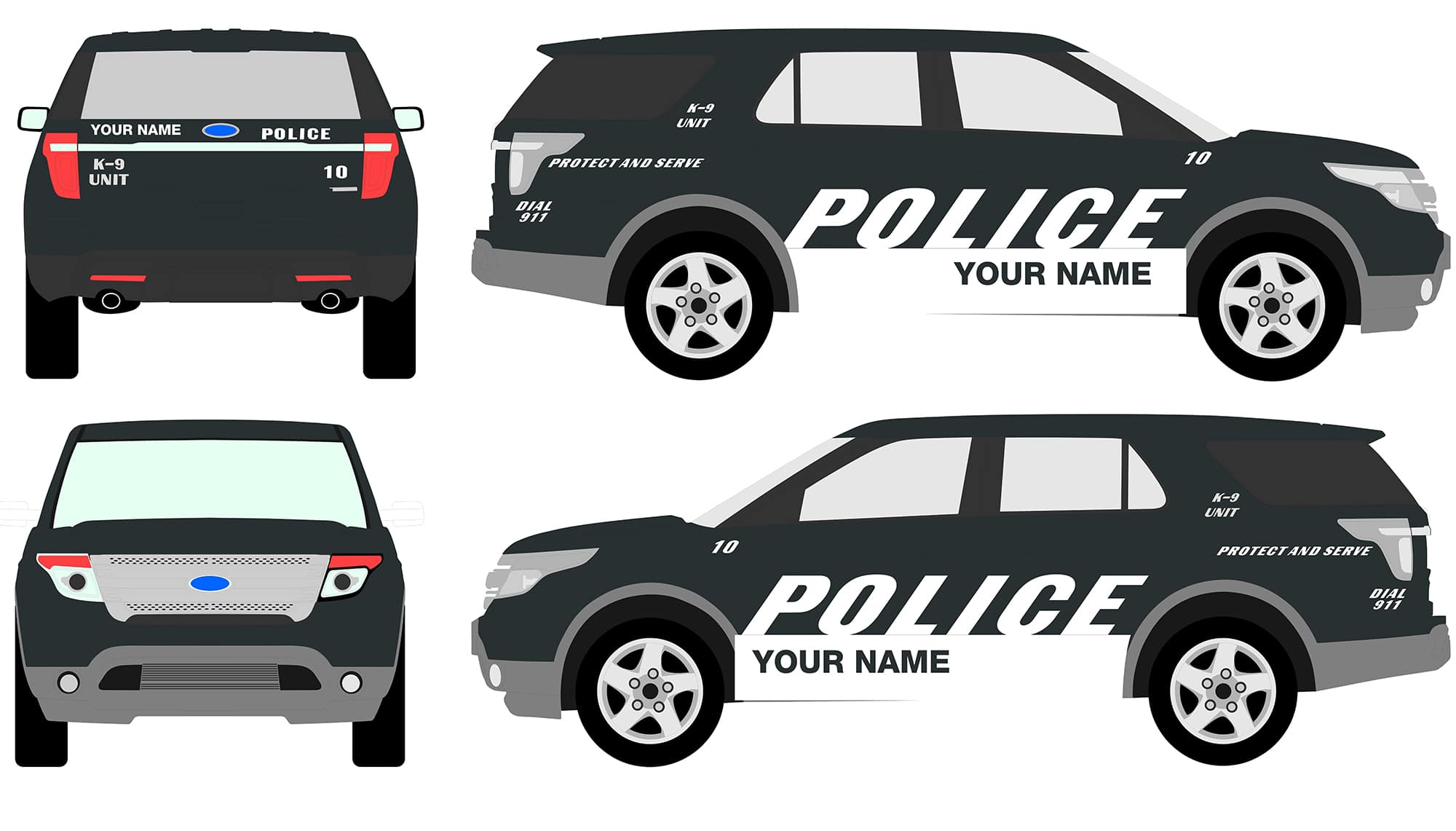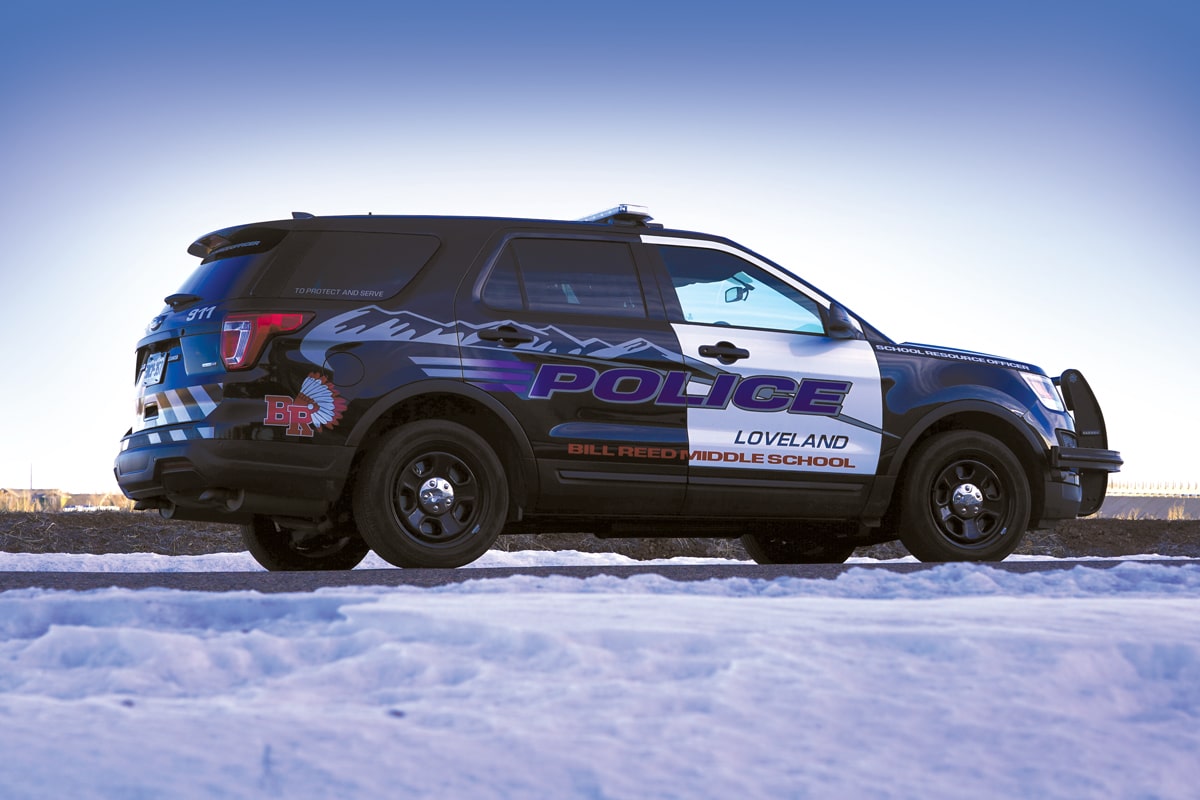Police Car graphics: A Comprehensive Guide
Police car graphics play a crucial role in law enforcement, serving various purposes from high visibility and identification to community outreach and crime deterrence. This article delves into the history, design elements, psychological impact, and technological advancements of police car graphics, providing a comprehensive overview of their significance in modern policing.
Historical Evolution of Police Car Graphics
The evolution of police car graphics mirrors the development of law enforcement itself. Early police vehicles were often unmarked, lacking any distinct visual identity. As policing became more formalized, the need for clear identification emerged.

Early 20th Century: The use of simple markings like a star or shield on the car door was common.
Key Design Elements of Police Car Graphics
Several key design elements contribute to the effectiveness of police car graphics:
Color Schemes: The choice of colors is crucial for visibility and recognition. Black and white remains a classic combination, but other colors like blue, silver, and green are also used.

Psychological Impact of Police Car Graphics
Police car graphics have a significant psychological impact on both the public and potential offenders.
Deterrence: The mere presence of a marked police car can deter criminal activity, as it creates a sense of surveillance and increases the perceived risk of apprehension.
Technological Advancements in Police Car Graphics
Technological advancements have significantly impacted the design and effectiveness of police car graphics.
Computer-Aided Design (CAD): CAD software allows for precise design and customization of graphics packages, ensuring a professional and consistent appearance across the fleet.
Best Practices for Police Car Graphics Design
Effective police car graphics design requires careful consideration of various factors, including visibility, readability, and psychological impact.
Prioritize Visibility: The primary goal is to ensure that police cars are easily seen and recognized, especially in challenging conditions.
Conclusion
Police car graphics are an integral part of modern policing, serving a multitude of purposes from crime deterrence and public safety to community outreach and law enforcement identification. The evolution of police car graphics reflects advancements in technology, design principles, and a deeper understanding of their psychological impact. By adhering to best practices and leveraging technological advancements, police departments can ensure that their vehicle graphics are both effective and contribute to a positive image of law enforcement within the community.
police car graphics
